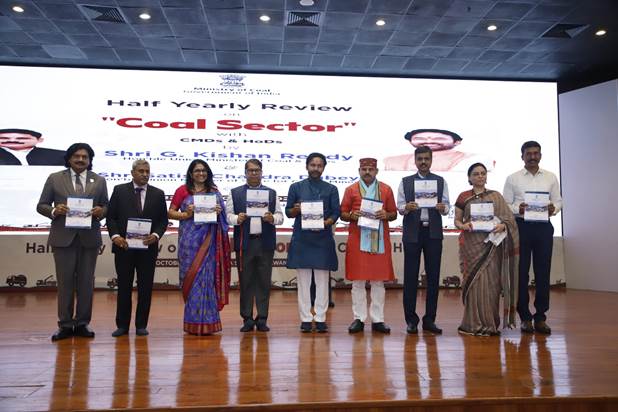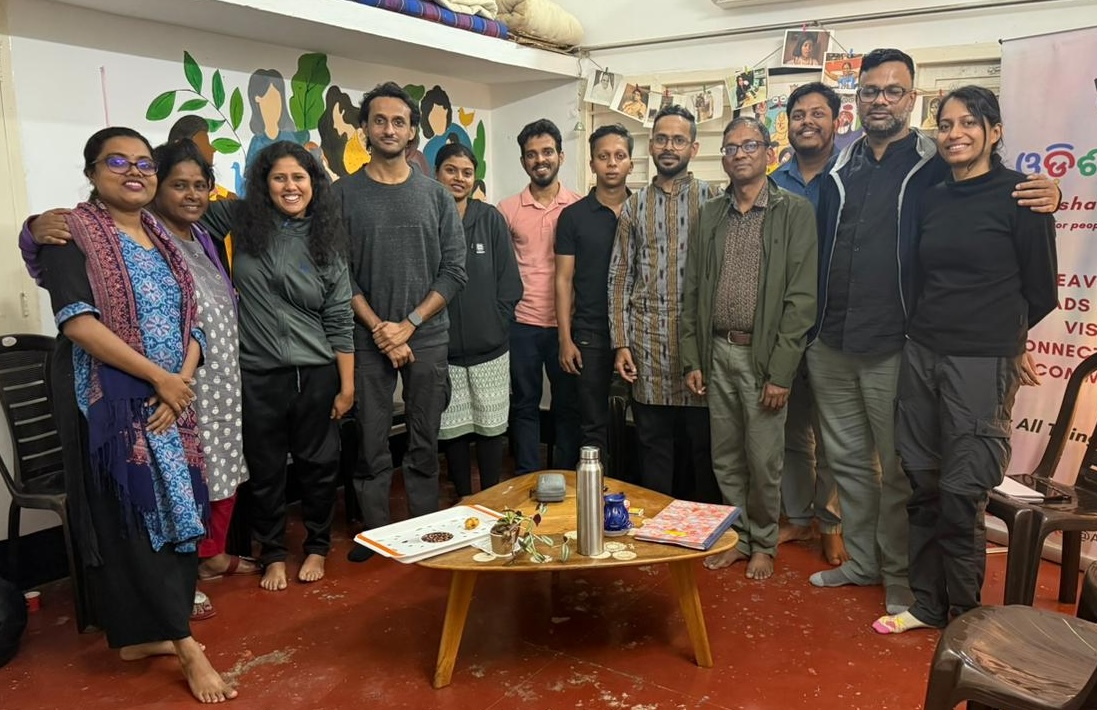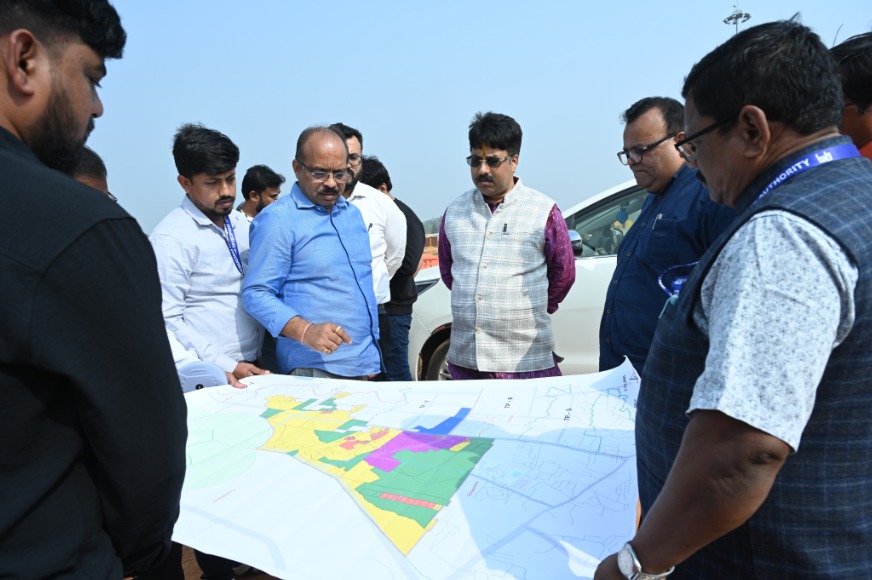New Delhi: In a pivotal stride towards sustainability and effective natural resource management, Union Minister of Coal and Mines, G. Kishan Reddy, unveiled the Report of the High-Powered Expert Committee (HPEC) on Gainful Utilization of Overburden (OB) in the Coal Sector today. The announcement was made during the Half-Yearly Review of the Coal Sector held at Sushma Swaraj Bhawan, attended by Union Minister of State for Coal and Mines, Satish Chandra Dubey, Secretary of the Ministry of Coal, Vikram Dev Dutt, and senior officials from the Ministry along with CMDs of Coal and Lignite PSUs.
The HPEC, composed of multi-disciplinary experts from five central ministries, NITI Aayog, and coal companies, was tasked with identifying innovative methods for utilizing overburden—soil, rock, and minerals typically discarded as waste during coal mining operations.
Transforming Waste into Resource
The report presents a comprehensive framework for repurposing OB as a valuable resource. Once considered waste, OB is now recognized as an asset that could significantly contribute to environmental sustainability, economic growth, and job creation for local communities. The HPEC report promotes a ‘Whole Mining’ approach, aiming to incorporate overburden into the economic value chain and bolster sustainable mining practices.
Key highlights of the report include strategies for processing OB to produce Manufactured Sand (M-Sand) for construction projects. This initiative seeks to reduce reliance on river sand, thus preventing environmental degradation while generating significant revenue for coal companies and supporting local economies.
Economic and Environmental Benefits
The report anticipates multiple benefits for coal communities, including:
- Revenue Generation: Processing OB into M-Sand can create significant revenue streams for coal companies while offering cheaper, high-quality sand for construction.
- Job Creation: Establishing OB-to-sand processing plants is expected to create jobs, enhancing livelihoods in coal mining regions.
- Land Reclamation: Effective utilization of OB can reclaim land for productive uses like agriculture or infrastructure, minimizing the need for OB dumps.
- Ecosystem Protection: By decreasing reliance on river sand, this initiative aims to protect ecosystems from erosion and degradation.
Additionally, OB is known to contain valuable resources such as clay, limestone, and rare earth elements, which can aid in infrastructure development and other industries. Successful pilot plants have already demonstrated the viability of these initiatives, contributing to environmental sustainability and fostering community engagement.
A Commitment to Circular Economy
In a significant move towards promoting a circular economy, Coal and Lignite PSUs have already commissioned four OB processing plants and five OB-to-M-Sand pilot plants. Six more plants are currently being installed within the Coal and Lignite PSUs.
The launch of this report signifies a critical advancement in the coal sector’s journey towards a circular economy, where waste is minimized, and resources are maximized. The Ministry of Coal is dedicated to collaborating with various stakeholders to implement the recommendations outlined in the HPEC report, with a focus on benefiting the environment, the economy, and communities surrounding coal mining regions. This initiative aligns with India’s broader objectives of achieving environmental sustainability and resource efficiency.





